After our Udon making experience in Nagoya, our group departed for Seki city in Gifu prefecture to witness the craftsman skill of the world-renowned swordsmith in Japan – Hanomoya Cutler Sansyu 刃物屋三秀.
Seki Hamono Museum
Cutler Sansyu has a museum in Seki City, where you can visit for a Japanese Sword Forging Tour, which also includes Iai performance, kimono wearing free trial, tea ceremony, workshop and of course, a factory shop for your shopping! I was really excited for the visit because I was just looking for a new blade to add to my kitchen top.
Kimono Wearing

Their kimono are some of the most elaborated I’ve seen! As they are just a single layer you can put on easily, the wearing only takes 20 seconds, but still it makes a gorgeous photo-taking opportunity.

Try on the men’s attire too if you like. Haha.
Sword-Forging

The president of Hamonoya Sansyu, Yoshida Kazuhiro gave us brief explanations on how Seki City is the word’s 3rd largest blade-producing area, along with Solingen in Germany and Sheffield in England.
And there are 3 important conditions that makes Seki City the perfect place produce world-class blades, and that is the abundant pure water source from Nagara River, the availability of coal for quenching, and the soil that produces red clay for blade making.
Blades that they produce include Japanese swords, professional and family use knives, scissors, nail clippers, etc.

Watch a live demonstration of Japanese-sword forging right here at Seki Hamono Museum. The master swordsmiths will show you how their blades are made with traditional forging style that has been passed down by their ancestors from centuries ago.

Accompanied with burning red flames…

And flying sparks!
You can see a thick block of steel being hammered, then folded together before hammering it, repeatedly. That’s how you make super strong blades.

Even visitors get to get a taste of how pounding the raw steel with a heavy giant hammer is like. I can just say that I am sure of every single blade they produce here are made of sweat, blood and heart.

Hold a sword to feel the Samurai in you.
居合道 Iai Performance

(Screenshot from my IG story)
Master Yoshida gave us a quick glimpse of the exceptional sharpness of his sword slicing the bamboo into halves.
Scissors-making workshop

After the performance, you may also enjoy a little workshop on putting pieces together to make a pair of mini scissors. You can mix and match different colors for the holder!

Mine is white, for that Muji minimalistic look. And the genius thing about it is that…

It can be folded!! Omg super awesome ok! It’s perfect for traveling, and I won’t have to worry about the kids getting hurt accidentally.
Blade Shopping
Shopping time!! I guess most people would be shopping for kitchen knives (me me me!!), but they do have scissors, tweezers and other blade items.
If you love cooking, or cooks sometimes and would like to improve your cooking, I’d definitely recommend buying a good knife. Guaranteed life-changing (at least in the kitchen!!). Honestly, some kitchen disasters were caused by a lousy knife (it’s not you, it’s the knife. Hahaha)and I was surprised that how much more I enjoyed cooking when I finally bought a good-quality Japan made knife.
Japanese knives are known to be world-class (I think I mentioned before about a Japanese Knife VS bazooka battle on my IG story before, how the knife could withstand multiple bazooka bullets shot through it and not even break T___T), and the best entry-level knife to get is the Santoku Knife 三徳包丁, literally the “three-virtue knife”, which is all purpose and performs well for all three types of cuts slicing, dicing, and mincing.

They have tons to choose from and I bought one that’s on sale, only half price!!! It was 14800 yen, and I paid 7300 yen for it, WORTH EVERY YEN. SGD90 for a knife sounds really pricy considering you can easily buy one from Daiso for $2, but good knives are not supposed to be cheap. I know this after I saw how blades are made from the museum.

Each piece is forged from several pieces of steel, hammered and folded over and over again to create that unrivalled strength and sharpness, whereas cheap blades are stamp cut like cookies from weak steel, and bend, chip and break easily.

The first time I used it was to thin-slice cucumber. It sounds like I’m crazy but I held the knife in my hand, thanked it for being mine, and told it “yoroshiku onegaishimasu“, and then I slid it down to half the cucumber on the chopping board -my heart squeezed a little with the first slice. Then I continue to smoothly sliver the cucumber in thin strips, savoring every single chop. It feels soooooo shiok I don’t even know how to describe. I literally sighed when the blade smoothly and effortlessly separates the juicy flesh of the vegetable into perfect thin cylinders. I felt like a masterchef. Hahaha. I’m so in love with my new knife. And to think that it is one of the more basic, entry-level knife they had in store!!
That said, as with any other knife, even the sharpest knife in the world gradually turns blunt with use. Get a good knife, and sharpen it regularly. I bought an electronic sharpener from Donki in Japan and works well!

Get your Seki-made knife and I guarantee you it’s one of the best investments you will ever made for your cooking life.
I didn’t expect a blog post on blades could turn so long, I guess I’ll stop here and next up I’m blogging about the ryokan I stayed in Gifu!


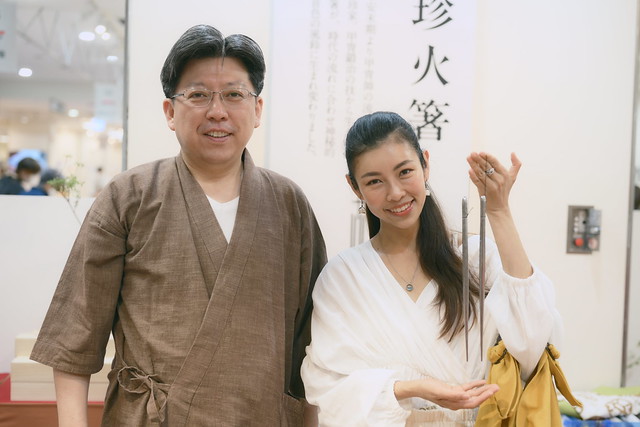
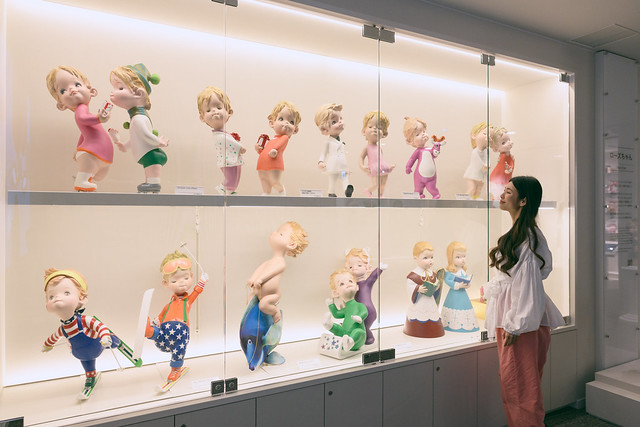
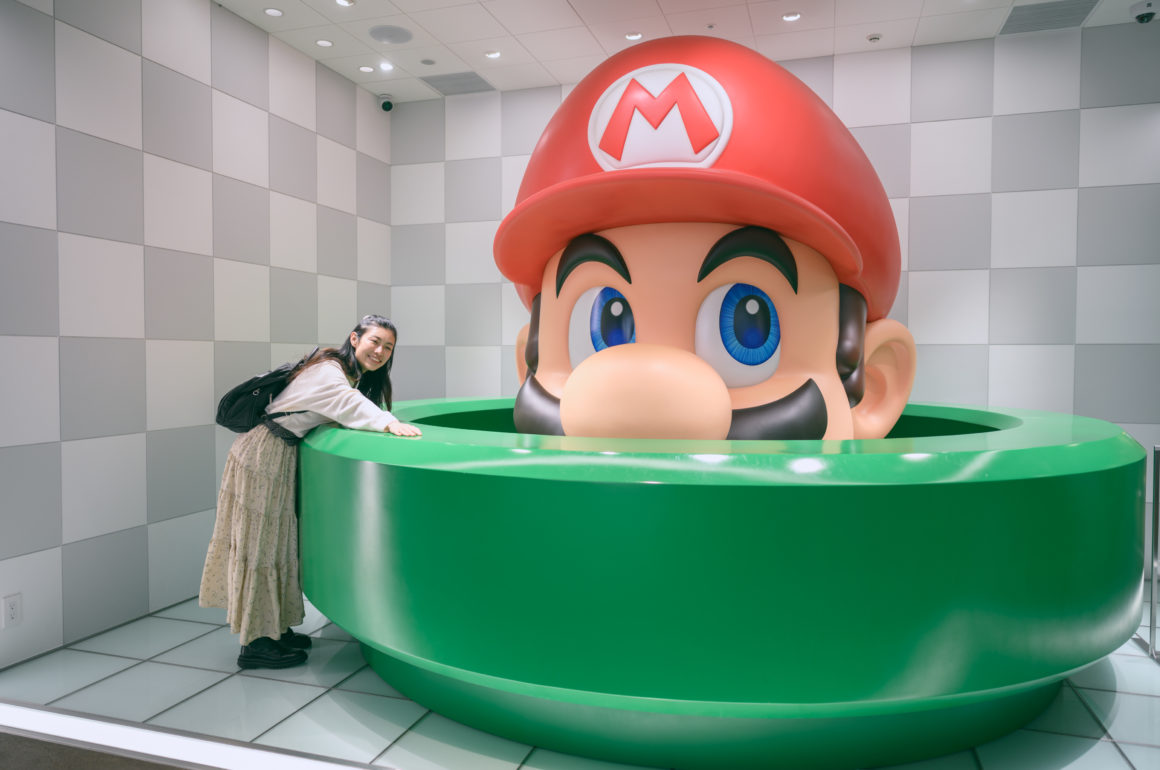
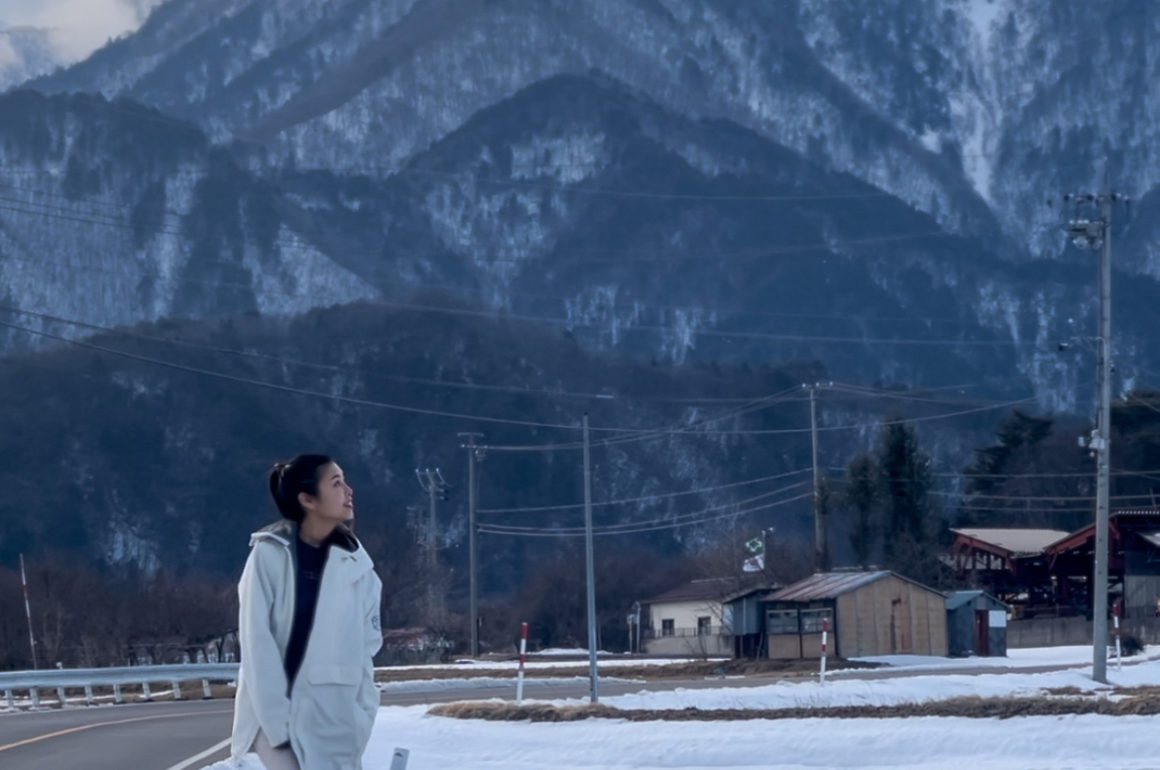
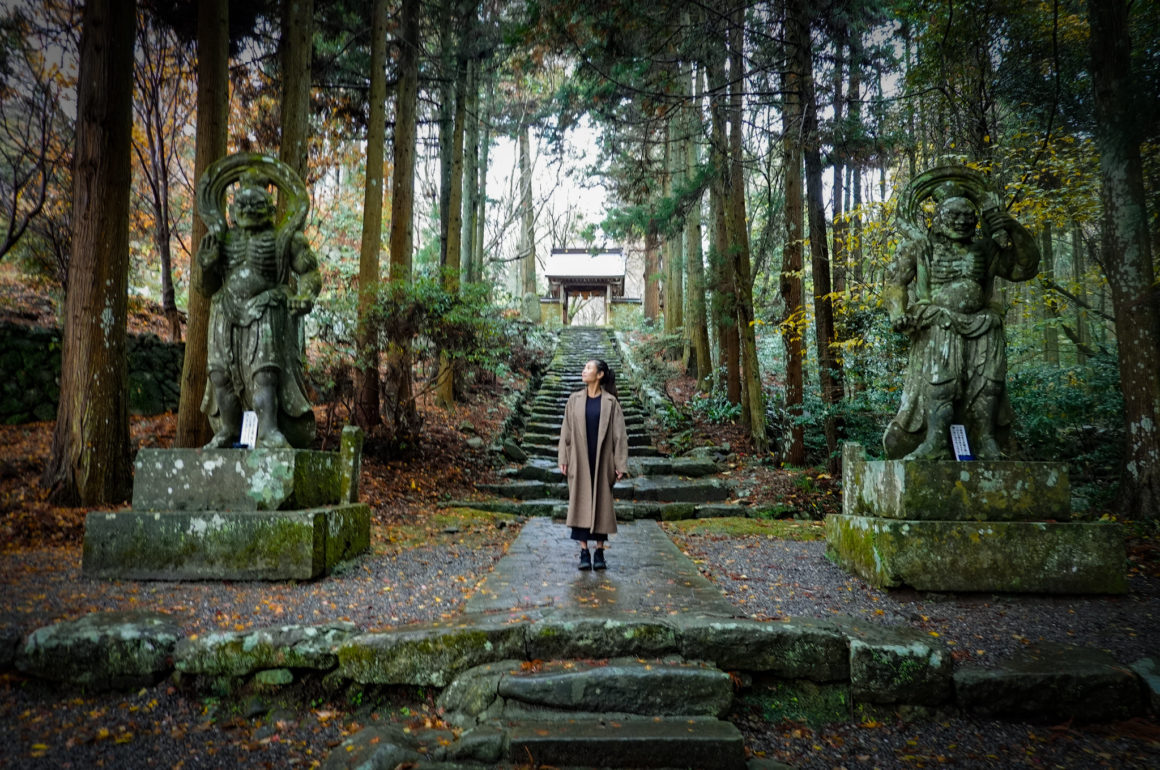



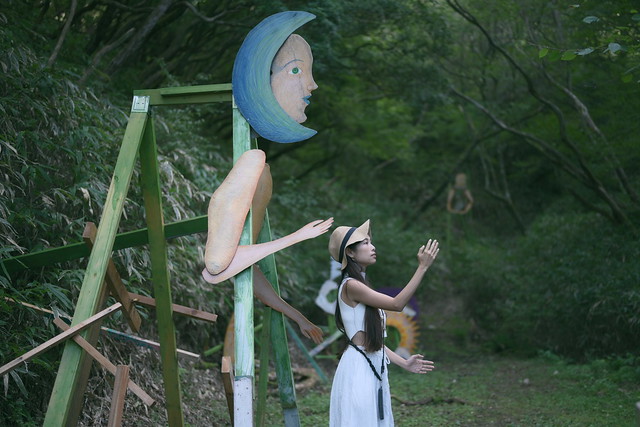
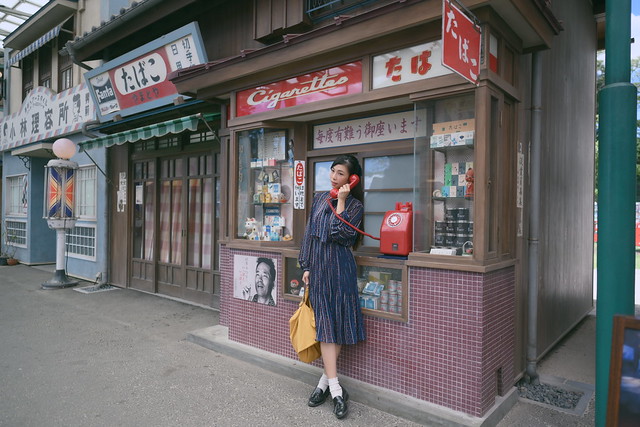



The cucumber knife sounds like a super nice souvenir for the cooking enthusiast, haha! Would love to visit the museum one day! 🙂
–
Charmaine Ng | Architecture & Lifestyle Blog
http://charmainenyw.com
how do you bring a knife back to your own country?
as i know usually airport doesn’t allow to bring it back. they will take it away.
I want those knives!